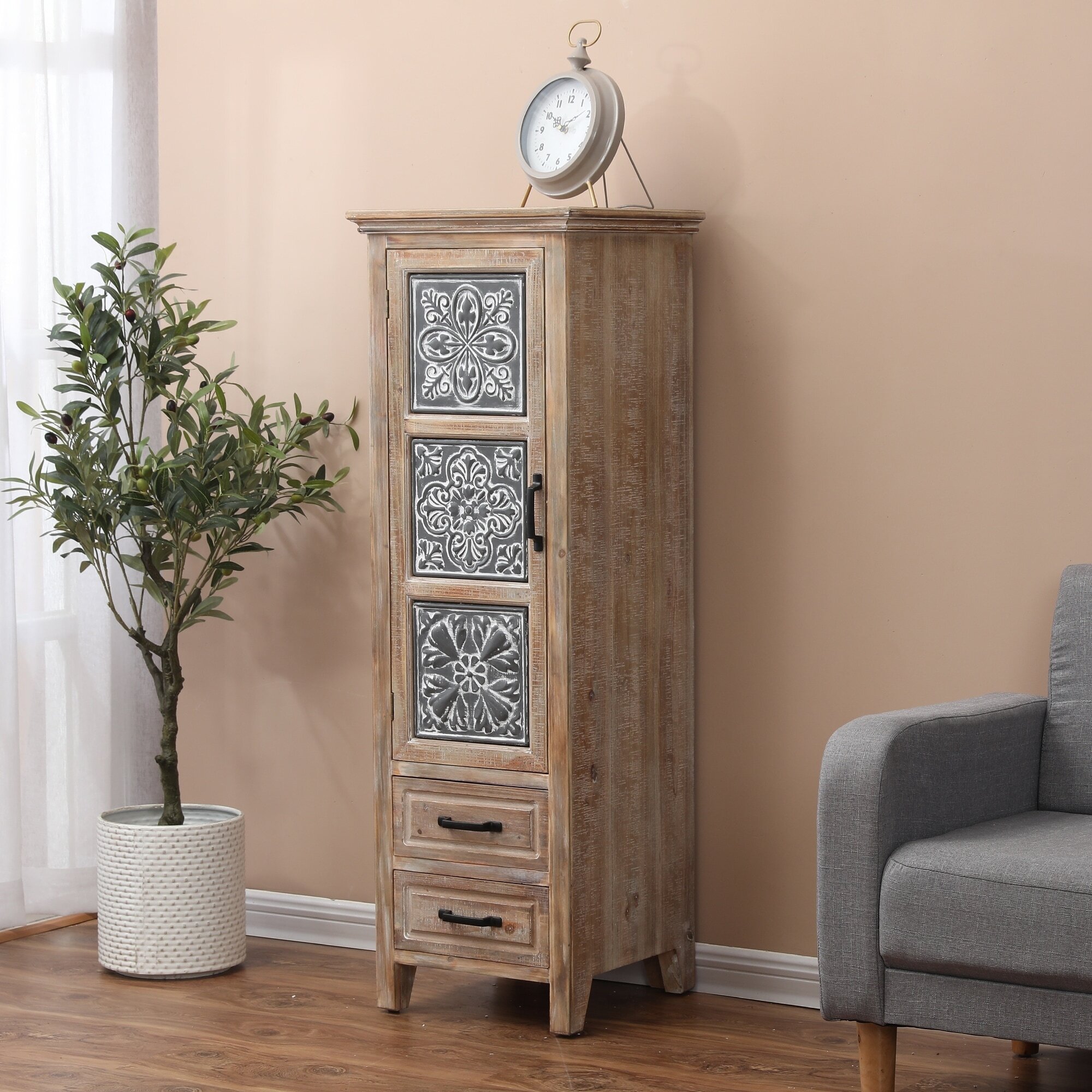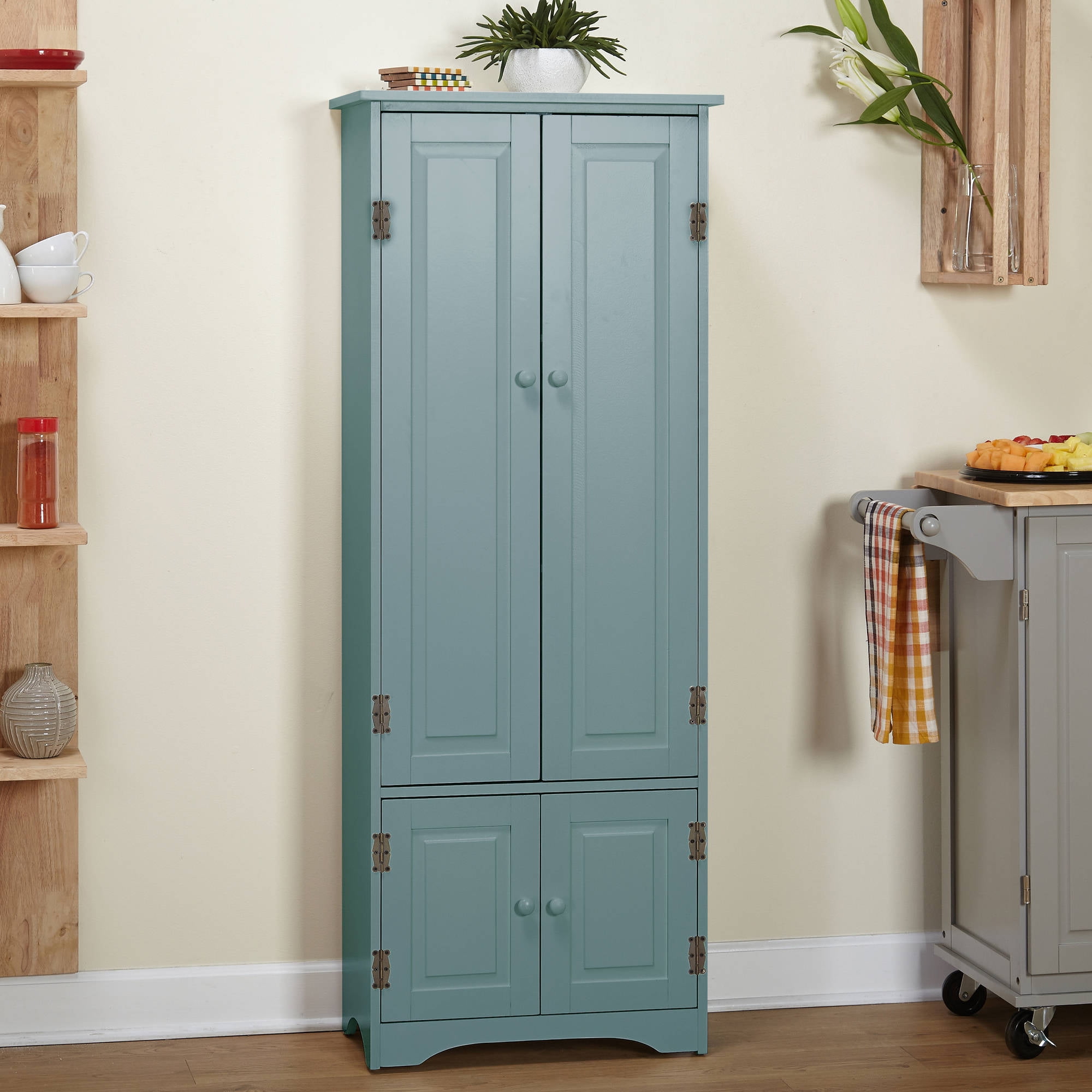Dimensions and Design Variations of Tall Single Door Pantry Cabinets

Right, so you’re after the lowdown on tall single-door pantry cabinets, are you? Let’s delve into the nitty-gritty of dimensions and design choices. We’ll be covering everything from size and materials to those all-important shelving options. Think of this as your ultimate guide to pantry cabinet nirvana.
Dimensions of Tall Single Door Pantry Cabinets
Here’s a table comparing dimensions of five different models, just to give you a flavour of what’s out there. Bear in mind that these are just examples, and actual dimensions can vary slightly depending on the manufacturer and specific model.
| Manufacturer | Height (cm) | Width (cm) | Depth (cm) | Material | Style |
|---|---|---|---|---|---|
| Ikea (Example) | 180 | 40 | 60 | Particleboard | Modern |
| Homebase (Example) | 200 | 50 | 55 | MDF | Traditional |
| B&Q (Example) | 190 | 45 | 60 | Engineered Wood | Contemporary |
| John Lewis (Example) | 210 | 55 | 65 | Solid Oak | Rustic |
| Howdens (Example) | 175 | 40 | 50 | MDF | Minimalist |
Design Features of Tall Single Door Pantry Cabinets
Choosing the right pantry cabinet involves more than just dimensions, you know. The design features play a massive role in both functionality and aesthetics.
Tall single door pantry cabinet – The following bullet points highlight some key design aspects to consider:
- Shelving Configurations: Adjustable shelves are a total game-changer, allowing you to customise the interior to fit your specific needs. Fixed shelves are cheaper but less flexible.
- Door Styles: Solid doors offer a clean, uncluttered look. Glass doors let you showcase your culinary treasures (if they’re Instagram-worthy, of course!). Louvered doors add a touch of rustic charm.
- Hardware Options: From sleek, minimalist handles to ornate knobs, the hardware can significantly impact the overall style. Consider the overall aesthetic of your kitchen when making your choice.
- Interior Features: Some cabinets come with extra features like pull-out drawers or spice racks. These can be really handy for maximising storage space and organisation.
Impact of Cabinet Materials on Cost and Durability
The material of your pantry cabinet directly affects both the price tag and its lifespan. Choosing wisely is key.
Here’s a quick rundown of the common materials and their pros and cons:
- Solid Wood: This is the top-tier option, offering superior durability and a premium look. However, it comes with a hefty price tag and requires more maintenance.
- Engineered Wood: A more affordable alternative, offering a good balance of durability and cost-effectiveness. It’s less prone to warping than solid wood.
- MDF (Medium-Density Fibreboard): The budget-friendly option. It’s susceptible to damage, so it’s crucial to treat it carefully. It’s also less eco-friendly than other options.
Functionality and Storage Solutions within Tall Single Door Pantry Cabinets
Right, so you’ve got your snazzy new pantry cabinet – a right tall one, at that. But a tall, single-door affair can be a bit of a beast to organise if you’re not savvy. Let’s get this space working for you, shall we? We’ll explore some ace ways to maximise storage and keep everything shipshape.
The key to conquering a tall, single-door pantry is clever use of space. Think verticality, my friend. It’s all about optimising every inch, from floor to ceiling. No more rummaging in the dark recesses!
Innovative Storage Solutions for Maximising Space
To truly unleash the potential of your pantry, consider these storage solutions. They’re not just about fitting more in; they’re about making everything easily accessible.
- Pull-out Shelves: These are absolute game-changers. Imagine smoothly gliding shelves laden with jars and tins, rather than wrestling with items crammed at the back. Different depths and widths can cater to various items.
- Lazy Susans: Perfect for corners and those hard-to-reach areas. A simple twirl reveals everything, no more blind groping!
- Adjustable Shelving: This is the ultimate in flexibility. Adjust the height of your shelves to accommodate tall bottles, stacks of plates, or anything else you need to store. It’s customisation at its finest.
- Drawer Dividers: For smaller items like spices or packets of tea, these dividers create order and prevent chaos. No more avalanche of herbs when you reach for the paprika!
- Vertical Storage Solutions: Think narrow, tall storage units that can be placed within the pantry. These are great for maximising vertical space and keeping items organised.
A Step-by-Step Guide to Pantry Organisation
Organising your pantry doesn’t have to be a Herculean task. Follow these steps, and you’ll be chuffed with the result.
- Empty and Clean: First things first, empty the entire pantry. Give it a good clean – you’ll be surprised at the crumbs and forgotten items you find.
- Inventory and Purge: Check expiry dates and toss anything past its prime. Be ruthless! Only keep what you actually use.
- Categorise: Group similar items together (baking supplies, canned goods, snacks, etc.). This makes finding things a doddle.
- Measure and Plan: Measure the available space in your pantry. This helps you determine the best configuration for your shelves and storage solutions.
- Install Shelving and Organisers: Install adjustable shelves, pull-out drawers, lazy susans, or any other storage solutions you’ve chosen.
- Arrange and Label: Place your categorised items on the shelves. Label everything clearly for easy identification. Consider using clear containers for uniformity.
Shelving Materials and Configurations: A Comparison
The choice of shelving material significantly impacts the functionality and aesthetics of your pantry. Let’s weigh up some options.
| Shelving Material | Benefits | Drawbacks |
|---|---|---|
| Wire Shelves | Affordable, lightweight, allows air circulation (prevents dampness) | Can bend under heavy loads, less aesthetically pleasing than other options |
| Solid Wood Shelves | Durable, sturdy, aesthetically pleasing, can handle heavy loads | More expensive, can be prone to warping if not properly treated |
| Melamine Shelves | Durable, easy to clean, relatively inexpensive | Can chip or scratch easily, less aesthetically pleasing than solid wood |
Installation and Maintenance of Tall Single Door Pantry Cabinets

Right, so you’ve got your swanky new pantry cabinet – a proper game-changer for your kitchen, innit? But getting it in place and keeping it looking spiffing requires a bit of know-how. This section covers the installation process and offers some top tips for keeping your pantry cabinet in tip-top condition.
Installing a Tall Single-Door Pantry Cabinet
Getting your pantry cabinet installed correctly is crucial. A wonky installation can lead to all sorts of problems, from doors that don’t close properly to the whole thing collapsing (not ideal!). Here’s a step-by-step guide to a successful installation.
- Preparation is key, mate: Before you even think about lifting a hammer, check your cabinet’s dimensions against the space you’ve allocated. You’ll need to ensure you have enough clearance and a level surface. Mark the location on the wall where the cabinet will go. Gather your tools: a spirit level, measuring tape, pencil, drill, screws (appropriate for your wall type), wall plugs (if necessary), and potentially a helper for the heavier lifting. Safety glasses and gloves are a must.
- Wall preparation: Depending on your wall type (plasterboard, brick, etc.), you might need to use wall plugs to ensure the screws have a secure hold. Drill pilot holes to prevent the wood from splitting. Use a stud finder to locate wall studs for extra support if possible; it’s far more stable that way.
- Cabinet positioning: Carefully position the cabinet against the wall, ensuring it’s level both horizontally and vertically. Use shims (small pieces of wood) to adjust for any unevenness in the wall.
- Securing the cabinet: Once the cabinet is perfectly positioned, secure it to the wall using the appropriate screws and wall plugs. Make sure the screws are firmly tightened, but avoid over-tightening, which could damage the wood.
- Door installation (if separate): If the door isn’t pre-attached, carefully follow the manufacturer’s instructions for hinge installation and door alignment. You might need an Allen key or screwdriver.
- Final checks: After installation, double-check the cabinet’s stability and ensure the door opens and closes smoothly. If any adjustments are needed, make them before moving on.
Cleaning and Maintaining a Tall Single-Door Pantry Cabinet, Tall single door pantry cabinet
Regular cleaning and maintenance will extend the lifespan of your pantry cabinet and keep it looking its best. The cleaning method will depend on the material your cabinet is made from.
- Wood Cabinets: For wood cabinets, a damp cloth with a mild detergent is usually sufficient. Avoid using abrasive cleaners or excessive water, as this can damage the wood’s finish. Regularly apply a wood polish or conditioner to maintain the wood’s lustre and protect it from drying out.
- MDF or Particleboard Cabinets: These materials are more susceptible to water damage. Use a slightly damp cloth and a mild cleaner, wiping thoroughly to remove any residue. Avoid getting the cabinet excessively wet.
- Laminate Cabinets: Laminate cabinets are generally easy to clean. A damp cloth with a mild detergent is usually all that’s needed. Avoid using harsh chemicals or abrasive cleaners, as these can damage the laminate finish.
- Regular dusting: Regardless of the material, regular dusting will prevent the build-up of grime and keep your cabinet looking clean. Use a soft cloth or duster to remove dust and debris.
